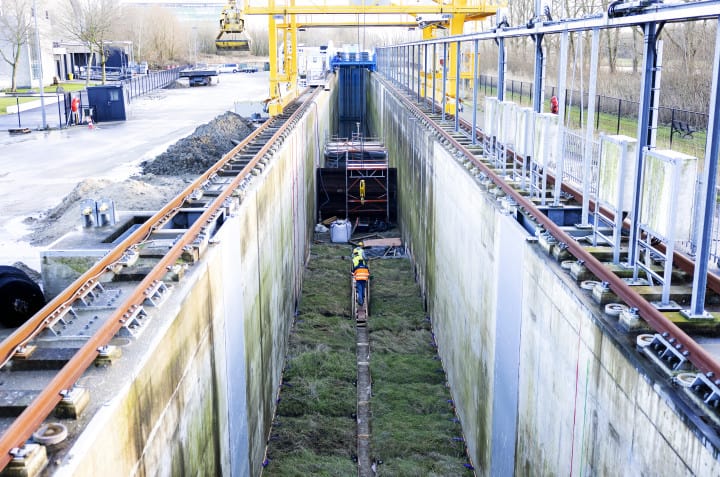
The necessity to protect the low-lying Netherlands from the encroaching sea is as old as the nation itself. Traditionally, the Dutch have engineered their way to safety with dikes and dams. Today, the challenge of climate change brings a fresh perspective to flood defense strategies. Innovative research suggests that ‘living’ and ‘flowery’ dikes could be the future, merging strength with increased biodiversity.
Why this is important:
With rising sea levels, the Netherlands needs to fight against the waters once more. Nature-friendly solutions are proving to be as structurally sound as conventional solutions while protecting biodiversity.
Blooming dikes
Radboud University’s Future Dikes project shows that flowery barriers stand firm against erosion and enhance local ecosystems. These barriers, teeming with a mix of grasses and herbs, offer a robust defense as well as a haven for biodiversity. Surprisingly, they are as resilient as conventional grass dikes when faced with erosive forces. Ecologist Hans de Kroon notes that these dikes not only safeguard against river flooding but also nurture the river landscape’s biodiversity
In anticipation of reinforcing 1,500 kilometers of dikes, researchers are setting a new standard for biodiversity-friendly infrastructure. The guide they’ve compiled will aid the large-scale application of these sustainable fortifications. With living dikes rising to meet sea levels, the Netherlands is on the cusp of a greener, more resilient future.
Testing the waters
In Delft, the Delta flume—a massive water testing facility—mimics superstorms to test the mettle of these nature-based defenses. Here, researchers can unleash extreme waves on vegetation-covered dikes to analyze their performance under stress. Coastal engineer Bas Borsje emphasizes that traditional paved dikes lack sustainability and adaptability to dynamic sea conditions. The Living Dikes project at the University of Twente takes this further by exploring organic dikes that grow in tandem with rising sea levels, potentially replacing asphalt dikes.
Borsje strongly advocates the concept of dikes with salt marsh forelands. These dynamic landscapes are periodically inundated by tidal waters, promoting growth that keeps pace with rising sea levels. This living system absorbs the energy of incoming waves, reducing the need for higher dikes. It’s a cost-effective and environmentally sound strategy that aligns with the natural rhythm of the Wadden region.

Silt as a solution
Another innovative approach comes from Wageningen Marine Research, where scientists are exploring dike reinforcement using silt and clay from dredged harbor sediment. They are investigating the ‘Growing Dike’ project, where applying thinner layers of silt more frequently allows vegetation to grow through, thus reinforcing the dike’s structure. Marinka van Puijenbroek, a landscape and plant ecologist, highlights the importance of selecting the right plant species and understanding how the salt content of the sludge affects vegetation.
A greener future for flood defense
The knowledge garnered from these studies is being transformed into practical guidelines. The compiled guide details the conditions required for constructing and maintaining these biodiverse barriers. It covers soil composition, management, and the right seed mix. This toolkit empowers water boards and managers to confidently implement flower-rich dikes across the Netherlands, thereby meeting the ambition of “Strong species-rich dikes as standard.”
The integration of living dikes reflects the Dutch spirit of innovation in water management. As the world confronts the realities of climate change, the Netherlands could set a global precedent. These natural solutions provide a double boon: they are cost-effective and support ecological networks. The vision is clear—fortify the land against rising waters while fostering the flora and fauna that call these dikes home.

